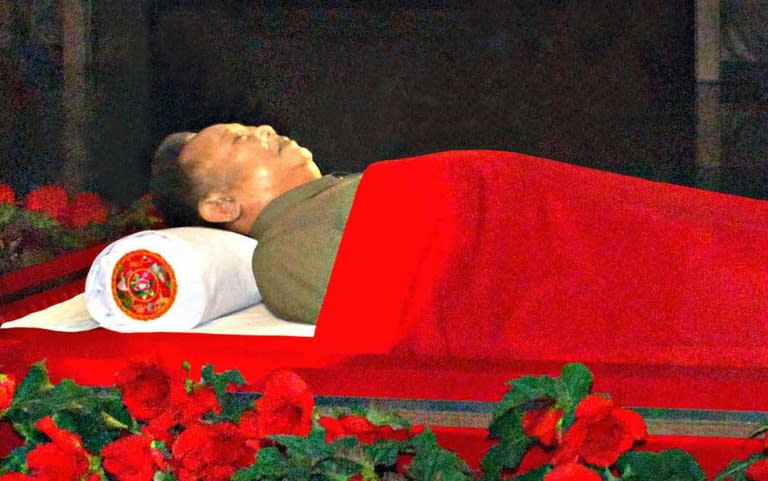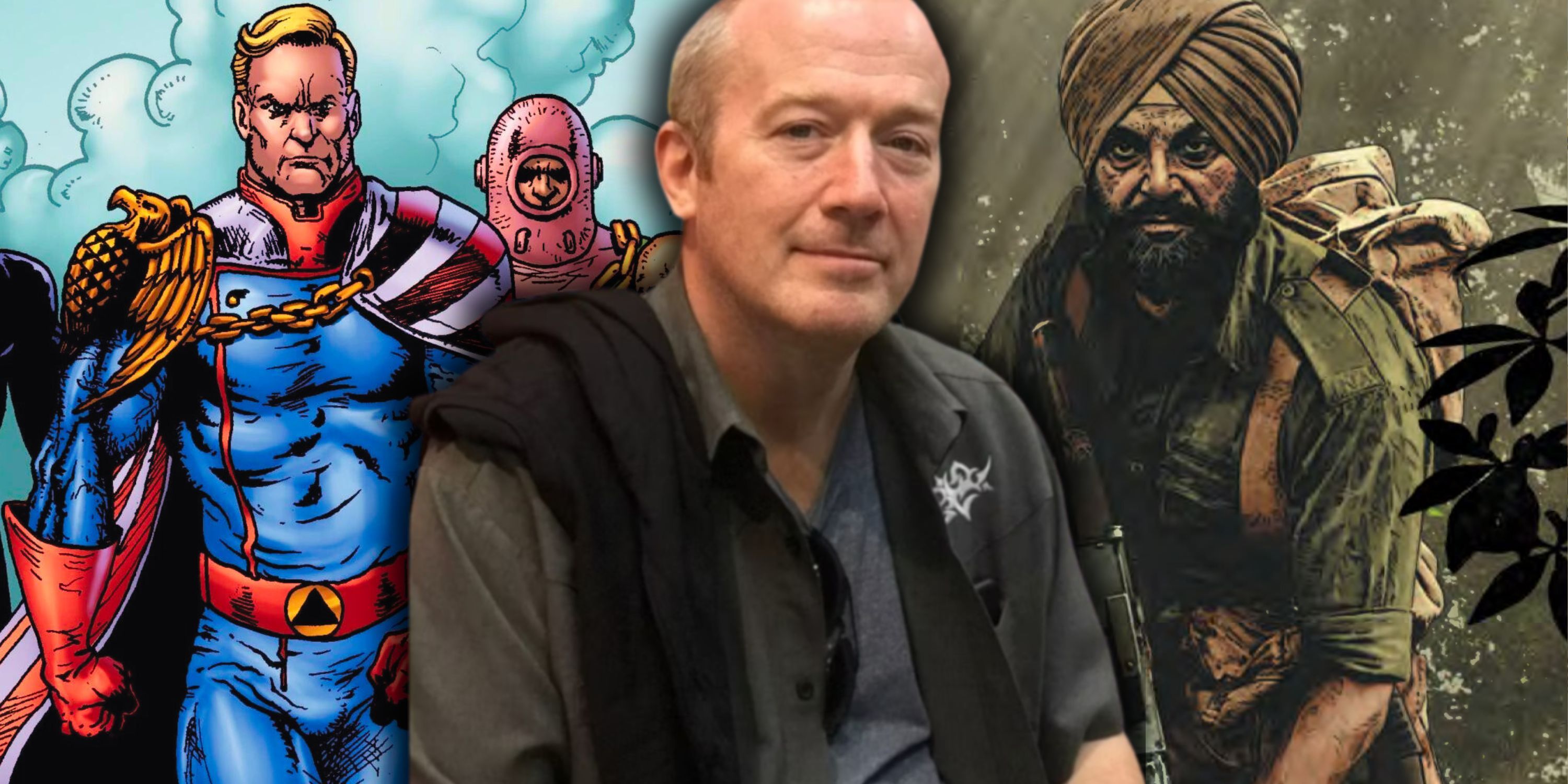Body politics: famous preserved corpses

The embalmed body of Mao Zedong lies at the symbolic centre of the Chinese Communist Party, an object of veneration for loyal cadres and fascination for foreign tourists. As China marks the 40th anniversary of the Great Helmsman’s death, here are some of the world’s most famous preserved corpses. Egyptian Mummies When a schoolchild says “Ancient Egypt” the first thing they think of is mummies – the preserved remains of important figures. The British Museum in London houses a collection of 120 human mummies from Egypt and Sudan that are among the biggest attractions for thousands of visitors. The collection includes “Tayesmutengebtiu” or “Tamut”, the daughter of a high-ranking priest who lived around 900 BC, and “Tjayasetimu”, a temple singer whose mummy is dated to around 800 BC. The museum also has 300 mummified animals, including dogs, cats and even a crocodile. None of the mummies have been unwrapped since the 1790s, and museum experts used X-rays and CT scans for their research. Papuan incense mummies The Dani people of the highlands of Indonesia’s remote easternmost region, Papua, used incense and animal oils to preserve important elders and local heroes. The desiccated, blackened figure of Agat Mamete Mabel, a chief who ruled the village of Wogi about 250 years ago, is one of the most notable – adorned with pig tusks wrapped around his torso, a headdress of feathers and a traditional penis gourd bottle. The body is kept in a thatched hut where a select few villagers care for it. Vladimir Lenin Russian revolutionary leader Vladimir Lenin was the first communist leader to be embalmed, starting a trend among radical left-wing regimes around the world. His body is on permanent display in a Moscow mausoleum, attracting curious visitors eager to see the Bolshevik founder of the Soviet Union. Lenin died in 1924 at the age of 53. He had planned to be buried next to his mother in the former imperial capital of St Petersburg, but was instead laid out in Red Square. Debates over whether the body should be removed began after the Soviet Union collapsed in 1991, and a growing number of Russians are calling for his burial. Russia’s Communist Party has lobbied hard to bury Lenin in situ, while the Kremlin has shown it is in no hurry to end the debate. Eva Peron Eva Peron, Argentina’s iconic First Lady of the 1940s and 1950s, was embalmed when she died of cancer in 1952 at age 33. “Evita” was as revered by her husband’s poor and working class as she was despised by the military and elite. After Juan Perón was overthrown in a coup in 1955, army officers secretly removed Evita’s body from its resting place in the headquarters of a pro-Perón union and hid it. Fearing that Peronist militants would find it, then-dictator Pedro Aramburu had the body shipped to Italy and buried in Milan under a false name. Perón’s third wife and successor, Isabel, eventually struck a deal: Evita’s body was shipped to Argentina in 1974 and has since rested in her family mausoleum in Buenos Aires, a pilgrimage site for her admirers and fans of the musical and film about her life. Ho Chi Minh Although he wanted his ashes scattered across the country, the father of modern Vietnam was embalmed after his death on Sept. 2, 1969. His body, preserved in the cold beneath a glass sarcophagus, has been on display in a mausoleum dedicated to him in Hanoi since 1975. The country has regularly asked Moscow for help in preserving the body, reflecting its Soviet-era ties. Mao Zedong The Chinese revolutionary leader, who died on Sept. 9, 1976, has been embalmed and on display in a glass booth at the Mao Zedong Memorial Hall in Beijing’s Tiananmen Square since 1977. Mao’s body was pickled in formaldehyde and other preservative fluids, according to a report in the People’s Daily newspaper, and today the non-visible parts of Mao’s body are bathed in liquid. After the mausoleum is closed, the body is placed in a low-temperature container, it says. Ferdinand Marcos Ferdinand Marcos, president of the Philippines for 20 years, died in U.S. exile in 1989 at age 72, three years after he and his family fled the presidential palace in a bloodless “people power” uprising against corruption and human rights abuses. After regular chemical injections for preservation, Marcos’ body was flown to his northern hometown of Batac in 1993 and put on public display in a mausoleum there. Nearly three decades after his death, the body is both a tourist attraction and a political football. The mausoleum museum was closed until further notice last month. That came shortly after new President Rodrigo Duterte granted the family’s long-standing demand to bury Marcos in the National Heroes Cemetery in Manila. The Supreme Court blocked the government’s preparations to hear petitions from human rights victims seeking to declare the burial illegal. Kim Il-Sung and Kim Jong-Il The bodies of North Korea’s founding father Kim Il-Sung and his son Kim Jong-Il are on permanent display in the Kumsusan Palace of the Sun mausoleum in Pyongyang. When Kim Il-Sung died of a heart attack in 1994, Russian scientists helped preserve the body of North Korea’s “eternal president”. He now lies in a glass coffin, the filtered light of which preserves his rosy face. The Russian team helped embalm Kim Jong-Il’s body when he died in December 2011 – also of a heart attack – and is believed to be responsible for preserving the bodies. Current ruler Kim Jong-Un and his close associates visit the mausoleum on important national holidays – such as Kim Il-Sung’s birthday – to pay their last respects to his late grandfather and father. Foreign visitors are allowed to enter the cave-like mausoleum twice a week – Thursdays and Sundays – but must dress strictly and bow before the corpses.



